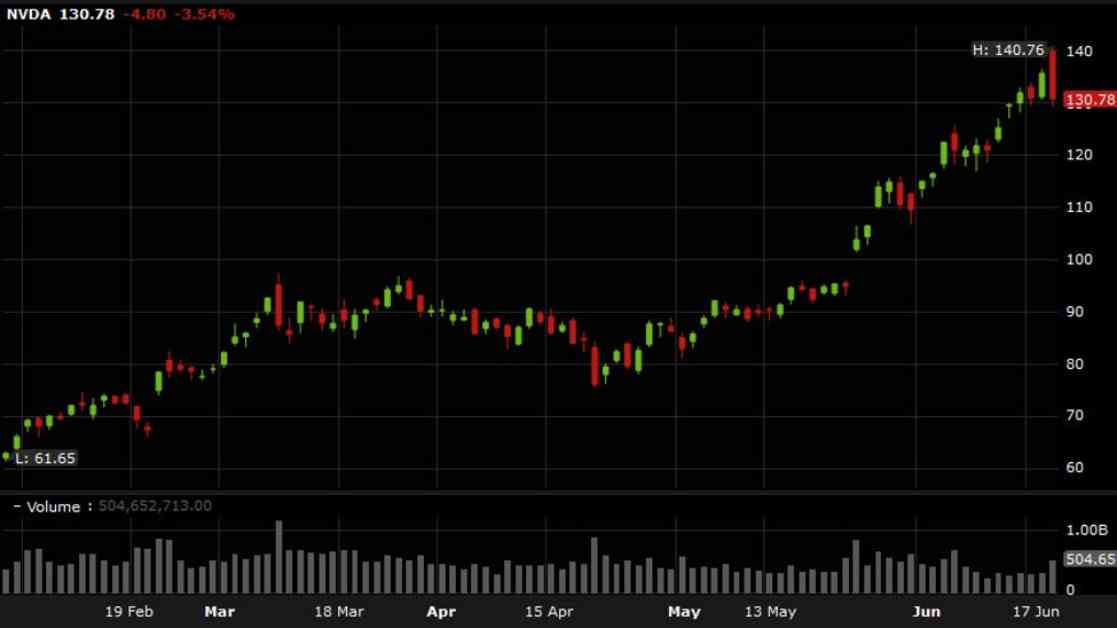US housing starts for the month of May came in lower than expected at 1.277 million, missing the 1.370 million forecast. Additionally, initial jobless claims were reported at 238,000, slightly higher than the estimated 235,000. The June Philly Fed index was also lower than expected at +1.3 compared to the forecast of +5.0.
In other news, the White House’s Brainard expressed optimism about further progress in inflation. The EIA reported a decrease in weekly crude oil inventories, while the Atlanta Fed’s GDPNow forecasted a 3.0% growth rate for the US economy. Eurozone consumer confidence was reported below expectations at -14.0, and the US Climate Prediction Center projected above-normal temperatures for much of the country in the coming months.
Markets saw gold prices rise by $31 to $2358, while US 10-year yields dropped by 3.9 basis points to 4.255%. WTI crude oil prices increased by 77 cents to $82.17, and the S&P 500 and Nasdaq both experienced slight declines. The Canadian dollar outperformed, while the Swiss franc lagged behind.
The focus shifted to European central banks, particularly the Swiss National Bank’s decision to cut rates for the second time. This led to some reversal in the recent softness of the franc and coincided with a decrease in political risk aversion. The euro, however, experienced a decline of 40 pips and closed at its daily lows.
The yen also fell for the sixth consecutive day, reaching a 34-year closing low. This was partly due to the SNB’s rate cut and concerns about inflation trends, which could impact the Bank of Japan’s rate hike decisions. USD/CAD managed to strengthen despite a stronger US dollar and weaker commodity currencies, supported by a tighter US oil inventory report and rising oil prices.
Looking ahead, market participants will continue to monitor bond yields and the quad witching in stocks. The intervention watch is on for the yen, with the USD/JPY pair hovering around the 160.00 level. Overall, the economic data and market movements suggest a mix of positive and negative signals for the global economy and financial markets.




















